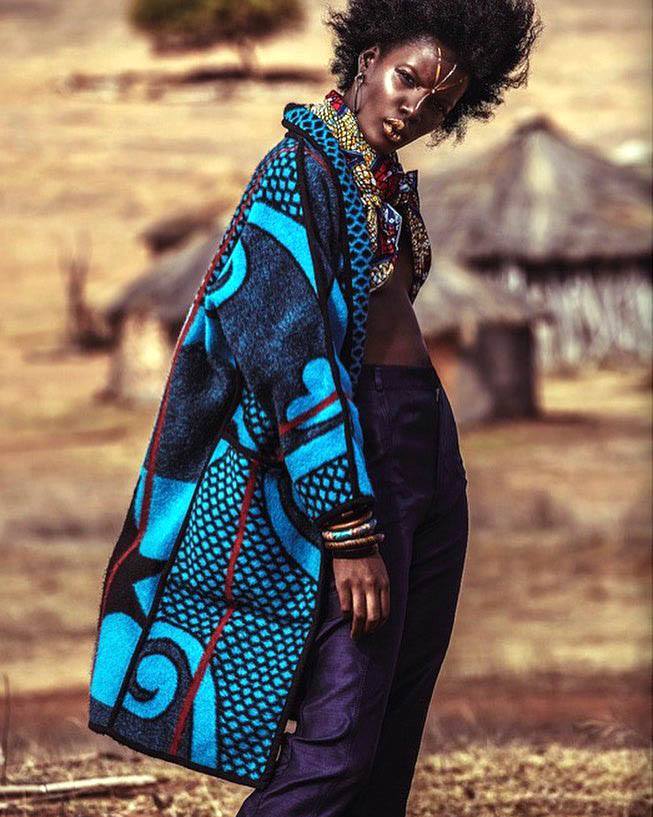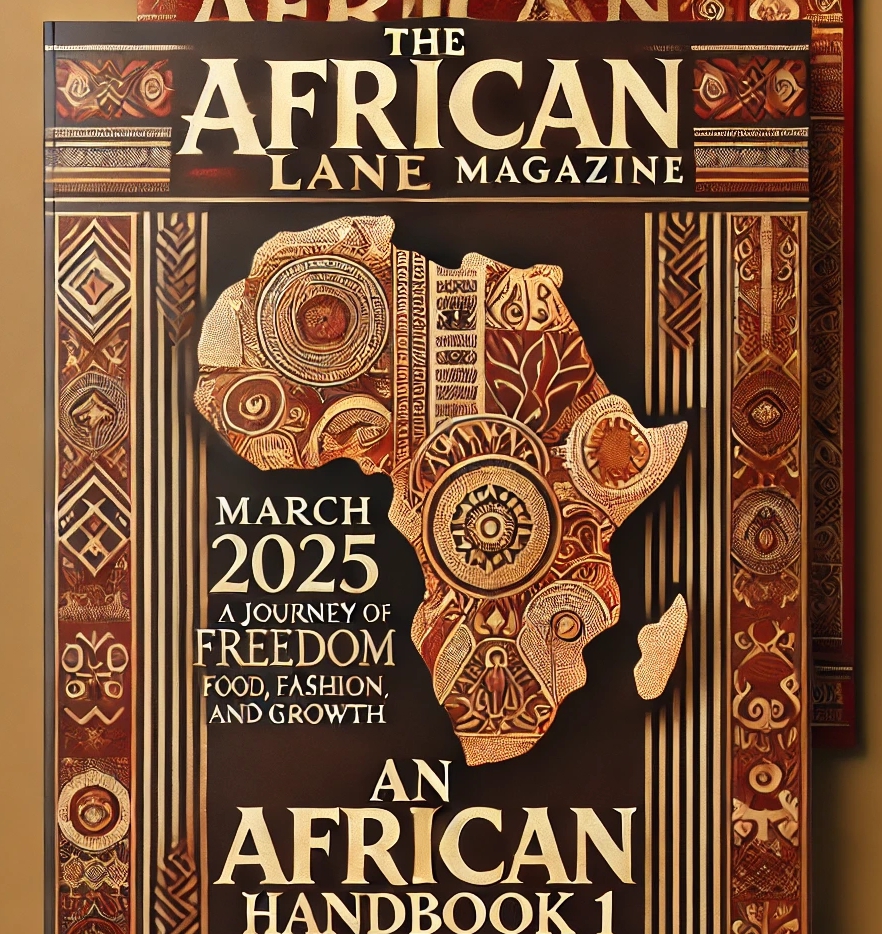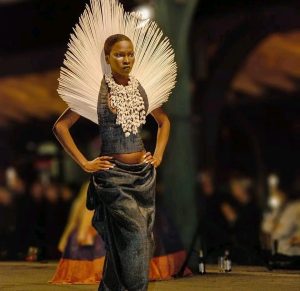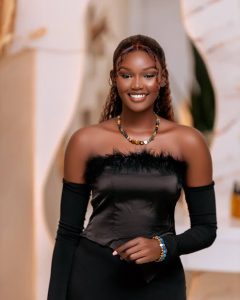BASOTHO BLANKET: All you Need to know about Lesotho Blanket of Life
admin@tal January 22, 2022 0

The corncob is the most widely used motif throughout the range of the Basotho heritage blankets. In Basotho culture, maize is the staple food and therefore the corncob is a symbol of fertility and wealth. The more prestigious Seanamarena design features more corncobs than the everyday wearing blankets, the Sefate and Morena.
Traditionally Basotho blankets are manufactured from wool which offers protection from the wind and rain and provides warmth in the high altitude of The Mountain Kingdom.
In the Kingdom of Lesotho, Basotho blankets are a common part of daily wear. Not only as a barrier to the cold, but also as a status symbol and cultural identification. Functional and aesthetically pleasing, these blankets are built to last a lifetime.
According to tdsblog.com The blanket’s measurements (155cm x 165cm) are smaller than the traditional blanket, making it a garment. Although the blanket can be worn across the shoulders or waist, men will pin the blanket their shoulders while women will pin it across their chest. There are three grades of blankets made. The first two use a 90:10 blend of wool and cotton respectively. While the third grade of Basotho blankets uses acrylic. Interestingly, these grades are not a reflection of the wearer’s class. On the contrary, it’s the design that determines this. The more intricate the design is, the higher the class of blanket.
Manufacturing History
Before the woollen blankets were introduced in the 1800s, the ‘Mountain Kingdom’ fashioned their own blankets from animal skins. The transition is attributed to the founder of Lesotho, King Moshoeshoe I. In 1860, the King was gifted a wool blanket by a British man known only as “Mr Howell”.
Impressed by it, the King began to wear it in place of his traditional leopard skin kaross (a cloak made of animal hide that is still covered in hair). At the time, it was growing increasingly difficult to acquire enough skins to make sufficient karosses. By 1872, his kingdom followed suit with a large majority of sheepskin covers being replaced by poor quality cotton or wool.
Lesotho does export cotton and wool, however, they didn’t use it to make the blankets. When textile manufacturer Donald Fraser visited Lesotho, he recognised an opportunity and secured the production of the blankets from the King in 1876. According to an article on Wanted Online SA, ‘The first blankets were manufactured by Wormald and Walker blanket mills in Yorkshire and exported to Frasers and other traders. When that company folded, production was taken over by AW Hainsworth.’
They would create patterns that were a combination of cultural and global symbols. The blankets continued to be manufactured in England until Aranda Textile Mills in Randfontein began to make the Basotho blanket in the early 1990s. In fact, Aranda was appointed as the sole exclusive manufacturer of Basotho Heritage Blankets by Lesotho’s royal family. Though they spin, weave and sew the blankets in South Africa, the company works with local designers to develop new styles that appeal to younger demographics annually. Once Lesotho’s Royal Family approves them, these supplement the original designs. Moreover, they’ve introduced colour schemes that are specifically tailored for the fashion industry.
Milestones & Event Markers
After the King started to use the blanket, his kingdom quickly followed suit and assimilated into their lives. For many, their first interaction with the Basotho blanket is at birth. It’s often gifted to new parents or the Serope is presented by a man to his wife when their first child is born.
According Wikipedia, The Moholobela is a fertility blanket worn by young Sotho men in preparation of their transition to manhood. After the initiation ceremony, the young men in Lesotho will don a different blanket known as the Lekhokolo, which confirms that they have reached adulthood.
It used to be the case that a Mosotho bride would wear a Motlotlehi blanket on their wedding day, but the Lingoetsi blanket has since replaced its obsolete counterpart. Husbands, on the other hand, traditionally gift their wife a Serope blanket when their first child is born.
A close companion in life, the blanket is also part of death. Traditionally, Sotho people burry their loved ones in the Basotho blanket to keep them warm in the afterlife.
In addition, there are blankets that mark a special occasion. There’s the everyday blankets known as Sefate and Morena. The Batho Ba Roma was made to commemorate Pope John Paul’ visit to Lesotho in 1988. The oldest brand of Basotho blankets is the Victoria England. Queen Victoria was greatly admired by the Sotho people and thus this particular blanket is considered a status symbol. This is the only brand of the Basotho blanket still owned by AW Hainsworth in the UK.
The highest status Basotho blanket is the Seanamarena, which means ‘to swear by the King’. It classically features customary insignias including the mealie, which signifies wealth, health and fertility. It was introduced by Charles Henry Robertson in the early 1930s and is now owned by Aranda. There’s also the Motlatsi which was made when Prince Lerotholi was born in 2007. The only design that’s made using acrylic is known as the Khotso design.
Modern Take
More designers are working with the blanket to make contemporary clothes and products. Most notably is Designer, Thabo Makhetha. She recognised the beauty in the blankets and modernised them for a younger audience under her eponymous brand. Having been born in Basotho, she wanted to honour her heritage through her Kobo Ea Bohali ‘Blankets of Prestige’ collection. It’s an award-winning and highly acclaimed pret-a-porter range of winter capes inspired and made from traditional Basotho blankets.
She’s gone a step further to develop her own Basotho-inspired prints that reflect her experiences with new cultures. According to an article by The Culture Trip, ‘She believes that these will ultimately begin shaping a new heritage for current and future generations.’ Just like the lasting power of the blankets, she hopes that her designs will have the timeless aspect as well. Lesotho also hosts an annual royal fashion festival that showcases new designs of the blankets, as well as, promotes the blanket among the youth.
Controversy
The Basotho blanket has made its way to international markets. And it’s been met with its fair share of praise and controversy. In 2017, Louis Vuitton used the blankets as inspiration for the 2017 menswear collection. However, the brand received some backlash for this and was accused of cultural appropriation. The brand didn’t involve any Basotho designers in the process. Makhetha commented to Times Live SA, “I think it would have been great if LV had collaborated with Basotho designers‚ crafters and manufacturers. I also would have loved to have seen the consumers of these shirts in South Africa spend that kind of money on locally produced goods and support and grow authentic African products rather than consuming a repackaged Africa.”
A common saying in Basotho culture is ‘Kobo ke bophelo, the blanket is life’. The blanket may have come originated from England but through their culture, meanings, traditions and colours, they have been able to make it their own. It’s a beautiful part of history that is the brand identity of a nation, thrives on being practical and functional, and its best incorporated in daily life. It celebrates slow fashion but encourages modernisation. And the added bonus of being warm and fashionable!

Image: Businessinsider.co.za

According to the businessinsider.co.za, In the 2018 films Black Panther and in Avengers: Infinity Wars, W’Kabi and his tribesmen appear in many scenes wearing what looks like the Basotho blanket. Given that the actors in the film were not from Continental Africa, several continental African groups viewed the appropriation of these cultural symbols as inappropriate for use by diasporic Africans. The movie however brought the blankets to international attention and brought about an increase in sales.
Sources: Wikipedia, Tsdblog.com, aradan.co.za, Businessinsider.co.za


















